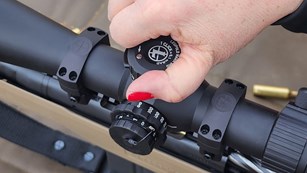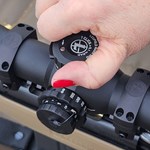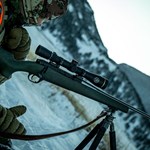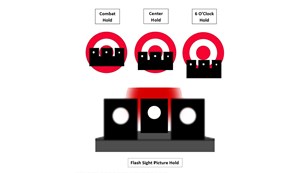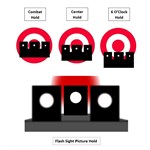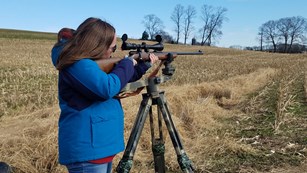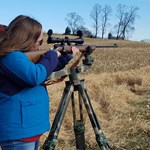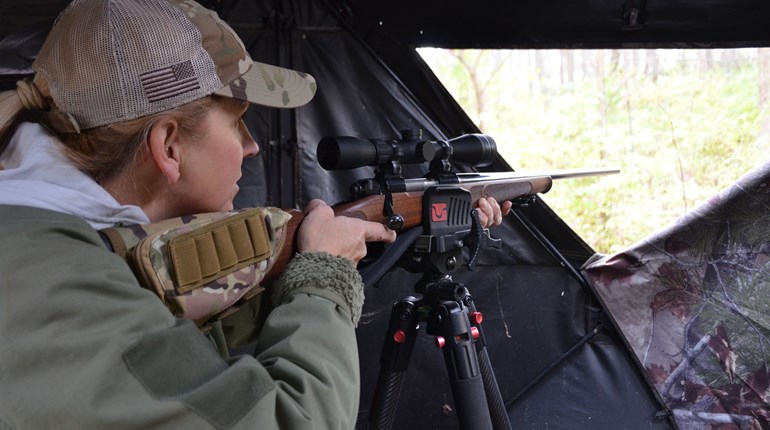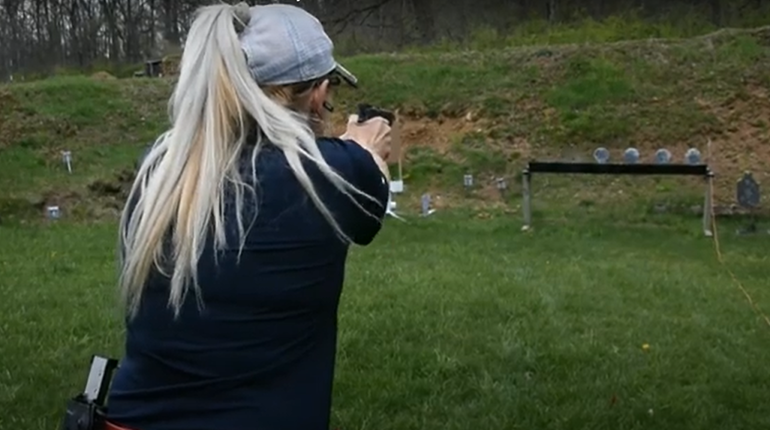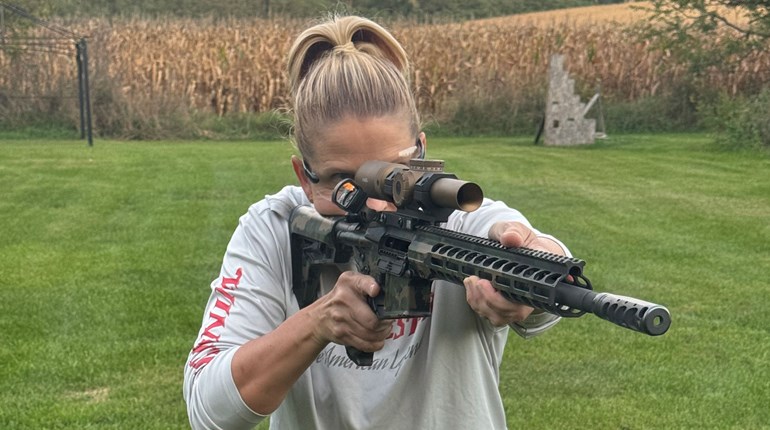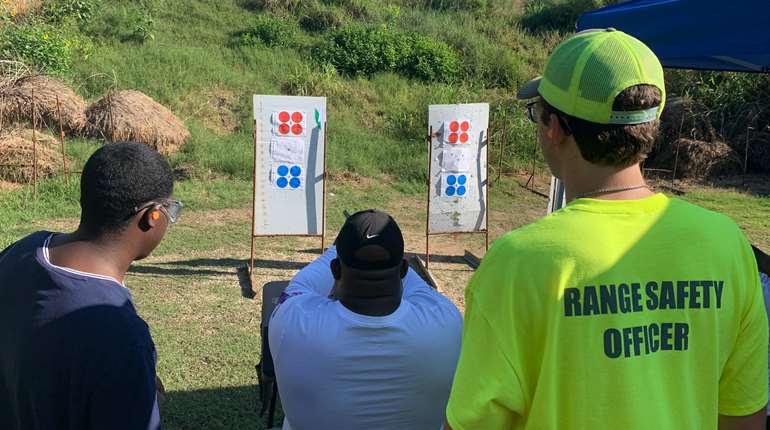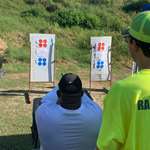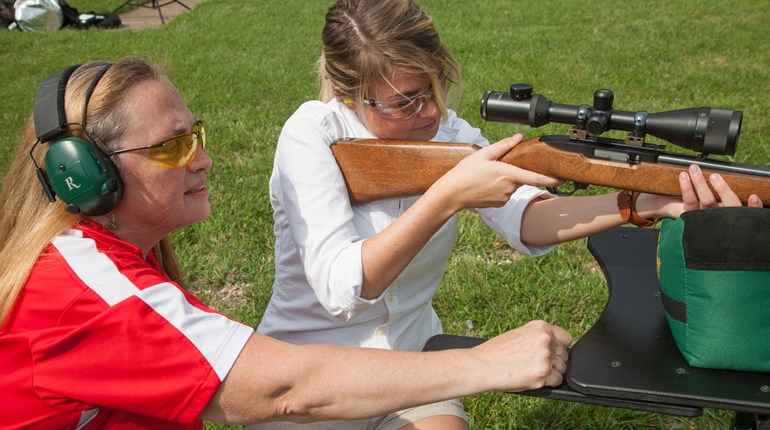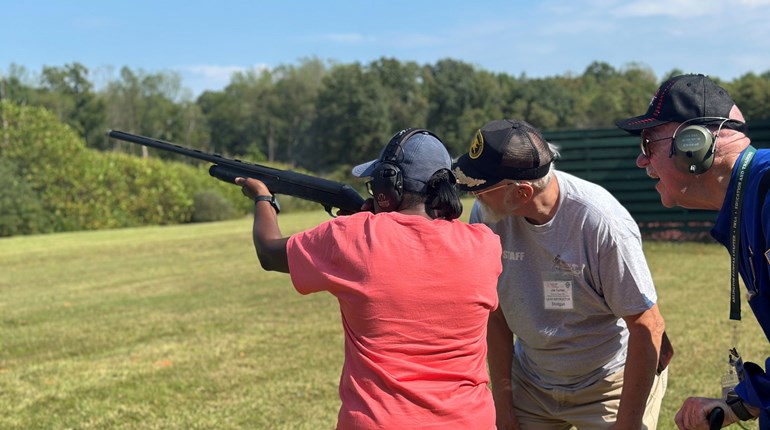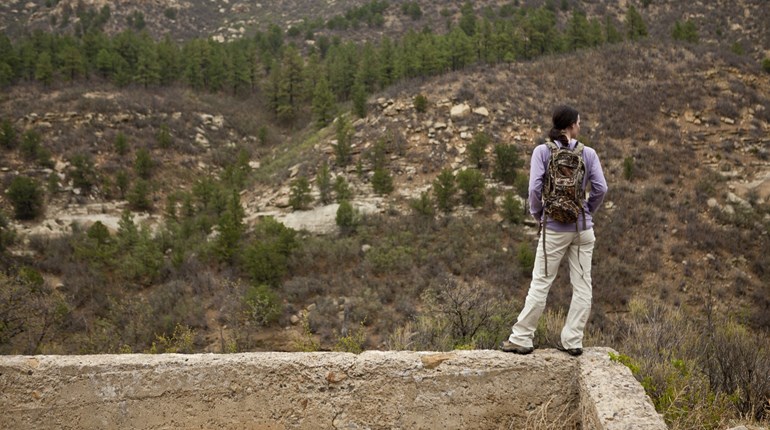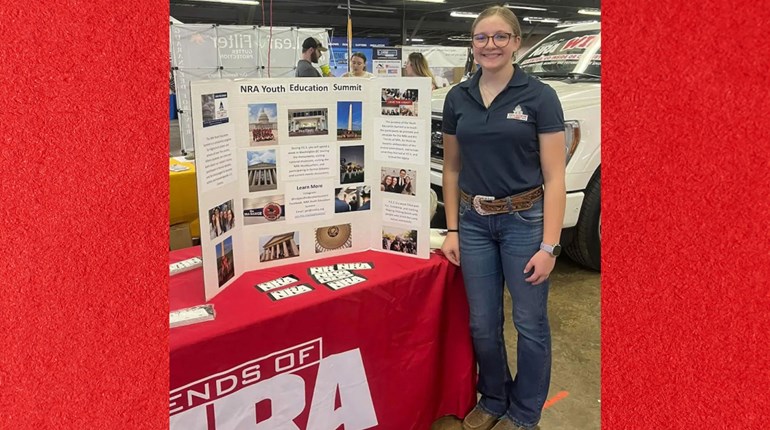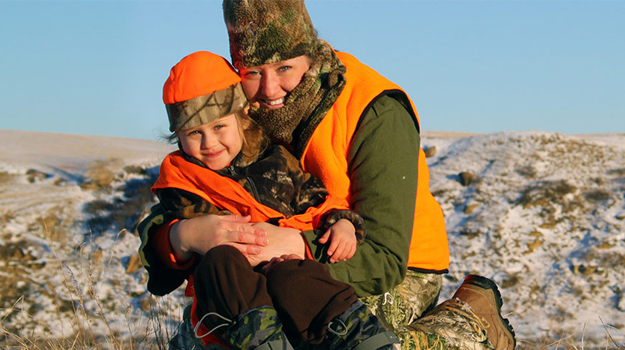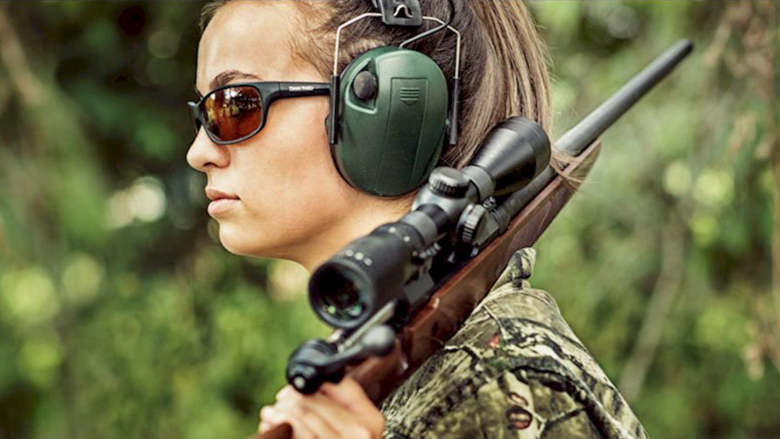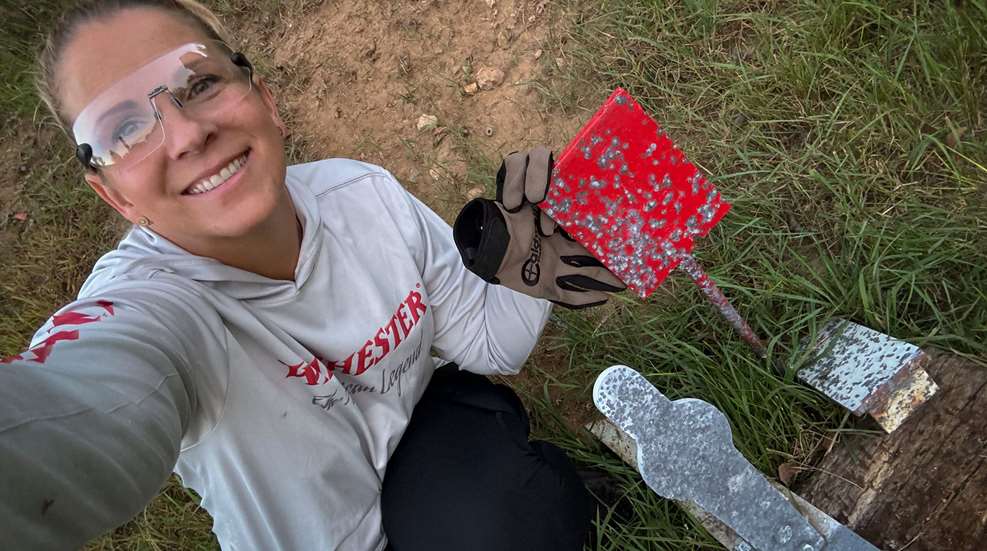
Firearm owners practice safe handling when using their firearms, but there is another area where they need to consider safety when working with these tools: the potential for lead exposure. Lead is not only in projectiles (bullets, birdshot and slugs), it is also in the lead styphnate in primers. Here are some good habits to build into your firearm handling routines to ensure you are not adding heavy metals to what you take away from time on the range.
Protect Yourself
The very first thing we can do is protect ourselves from unnecessary exposure to lead. There are different risks with different types of firearm use. This means we need to consider what aspects of each type of activity carries risk, and plan strategies to mitigate lead exposure.

For example, shooting steel targets with a shotgun carries the risk of contact with lead, especially if we are resetting targets and touching them without gloves. The lead birdshot impacting targets leaves lead on them that can then get on our hands. If we touch our face/eyes, and then food or water bottle, that’s one way it can be absorbed. It can also be absorbed from the dust in the air, if we shoot at steel targets and rush to re-set them without waiting “for the dust to settle.” It should make you cautious about what you are breathing, as well as touching. (Image shows impact "shadow" of where the lead shot landed.)
Contrast that with shooting shotguns at your local trap league and there is basically a zero percent chance that you touch anything the lead shot has hit because your targets are airborne.
Shooting firearms indoors can also pose risk of lead contamination. This is why indoor ranges have aggressive fans and filtration systems. Jacketed bullets pose less risk. But cast lead bullets can create lead vapor in the air. Indoor ranges hold the potential for lead dust in an enclosed space; meaning the dust can get on your clothes, skin and hair. It’s smart to have “range clothes” and change them when you leave, as well as shower after being on an indoor range.
We can wear protective gear when we are on the range: gloves when we touch metal targets to reset them, eye protection to keep dust out of our eyes, a hat, long sleeves, and pants to keep the dust off our bodies.
Disposable gloves are very useful and lower the risk of putting lead dust into your range bag or car after use. There are some styles that are durable enough for a day at the range.
Wash, wash, wash.
Washing off our bodies, especially our hands and face, is one of the first steps you need to take after shooting. This is especially important after being on an indoor range. Shooting on outdoor ranges or a dusty area where rounds impact the berms and the dust is kicked up also warrants caution.
Soap specifically designed to get rid of lead contamination is also a prudent tool to have at your disposal. The company that makes D-Lead soap also has a lot of other tools and information. it’s worth looking at their website. They even make mats to remove lead from the bottoms of your shoes and cut down contamination. This is perhaps unnecessary if you have dedicated range shoes, but it highlights how varied the routes of exposure to lead are and that you need to consider every avenue for contamination/decontamination.

Eat Well to Fortify, Occupy and Eliminate
Foods, vitamins and herbs can play important roles in helping your body to defend itself against heavy metals. They do this by mechanisms like zinc and iron occupying receptor sites so the lead cannot “stick” in your body. Or calcium and cilantro, which can act as chelating agents, but more naturally and without the risk associated with medical grade chelation.
There is growing research into the effects of not just foods and supplements, but even probiotics and how “dietary supplements are an affordable option, with fewer side effects than chelation therapy, for the billions of people around the world who are inadvertently exposed to toxic metals on a daily basis.” This quote is from a great study that looks at everything from green tea to ginger. The biggest takeaway is that preventative nutrition isn’t a reason to skip proper protection and avoidance of contamination in the first place.
In the end, your diligence and efforts to lower your exposure to lead are what’s important. In high school, I competed and practiced smallbore on an indoor range where we had a shag carpet firing line (Insert “mind-blown” emoji). We would use a rake to collect brass, and a regular vacuum every so often. With those practices, OSHA today would have a fit!
During my senior year in college, our assistant athletic director met me outside of class to tell me the whole team needed to get their lead levels checked, as someone on our team had tested very high. Even with the shag carpet firing line background, I was fine. Turns out that teammate was missing a kidney—a birth defect they weren’t aware of until years later. But it highlights that your body will eliminate toxins. It has systems for that. You just need to reduce exposure and help those systems work to their full potential.
One last tip is to look at lead mitigation as something to re-visit quarterly, especially if you are on the range or reload a lot. Up your cilantro, green tea, and other natural chelators cyclically. Make sure you are taking zinc and a multivitamin when you are attending multi-day range events. Clean your range clothes and bag. Replace gloves and gear that can accumulate lead over time. Stay vigilant on this aspect of safety for your long-term health!
